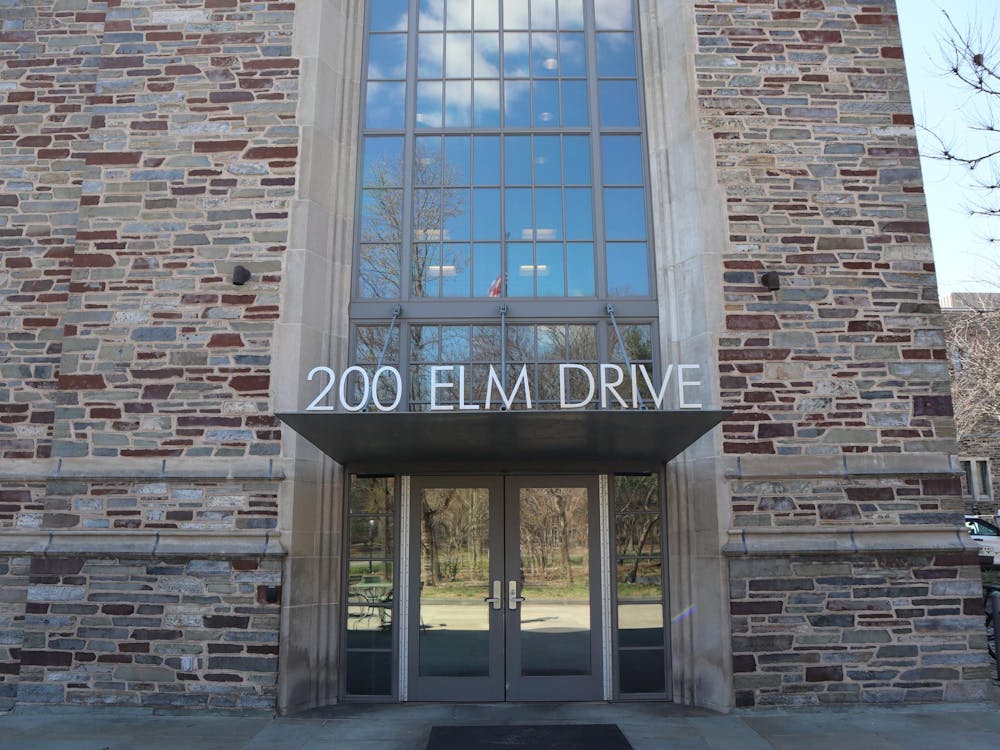The University's Library Systems Office officially launched a new catalog that is designed to offer a more contemporary library system while retaining the functions and services of the previous network. This system will replace an old cataloging system that has been in place for 20 years.
The development of the new catalog can be traced back two years to the formation of a team from the Library Systems Office. The team included a group of librarians from the Library’s Technical Services Department as well as Discovery Infrastructure Developer Nikitas Tampakis ’14.
After eighteen months of development, the Library released the catalog as beta software in the spring of this year and it underwent subsequent changes throughout the summer. These changes were informed by a usability study the development team conducted with input from faculty, undergraduates, and graduate students. The catalog officially graduated from its ‘beta’ label two weeks before classes started, but the library expects to utilize user experience and input to make further refinements in the coming months.
The software for the new catalog is based on Project Blacklight, a collaborative open-source network which has already been implemented by universities including Stanford, Yale, and Cornell, as well as organizations such as the Rock and Roll Hall of Fame and the U.S. National Library of Medicine.
Library Applications Development Manager Jon Stroop, who led the group of software developers responsible for implementing the new catalog, said that Blacklight is a collaboration among libraries, archives, and museums focused on building a discovery framework tailored to the requirements of each institution.
“Think of it like an engine,” Stroop said of Blacklight. “It’s a shared point of departure. It’s a search engine over library data that you customize.”
Stroop also noted that a major benefit of Blacklight’s application to the new catalog is the control it gives University librarians to customize the catalog’s look and feel, creating a more seamless user experience. Blacklight also introduces new search relevancy algorithms that are designed to best suit University collections.
Richard Schulz, associate university librarian for technical services, said the main objective for introducing the new catalog was to improve user experience.
“The new catalog embraces a much broader spectrum of the library’s collections and holdings than the old catalog,” Schulz said. “When you're searching for a subject, you're not only searching books, you're searching our rare holdings, you're searching our electronic journals and articles. In the future, as more collections become available, especially online, the new catalog has the technical wherewithal to be able to connect to other systems.”
Schulz added that the new catalog has integrated tens of thousands of electronic journals and other materials in addition to the library’s print resources.
“It's certainly a much broader field of scholarship than is accessible through the main catalog, and we hope also that the actual interface that helps people see it and use it is improved,” he said.
Lucas Ramos ’19 said that he appreciated the new catalog’s ability to sort results by location, whether library or electronic. This is one kind of browsing introduced by the Blacklight system.

“I like how [the new catalog] shows the difference between library and online results,” Ramos said. “It looks more concise.”
Jean Bellamy '19, however, said that the new catalog is not as useful.“It’s harder to get to the interlibrary loan between Ivies. The interface is pretty much the same,” Bellamy said.
Stroop said the new system will continue to evolve and improve in the coming weeks, months, and years. Future changes will be based on comments and suggestions from members of the University community who are beginning to use the new catalog.
A feedback form for new catalog users is currently available on the University library website.








